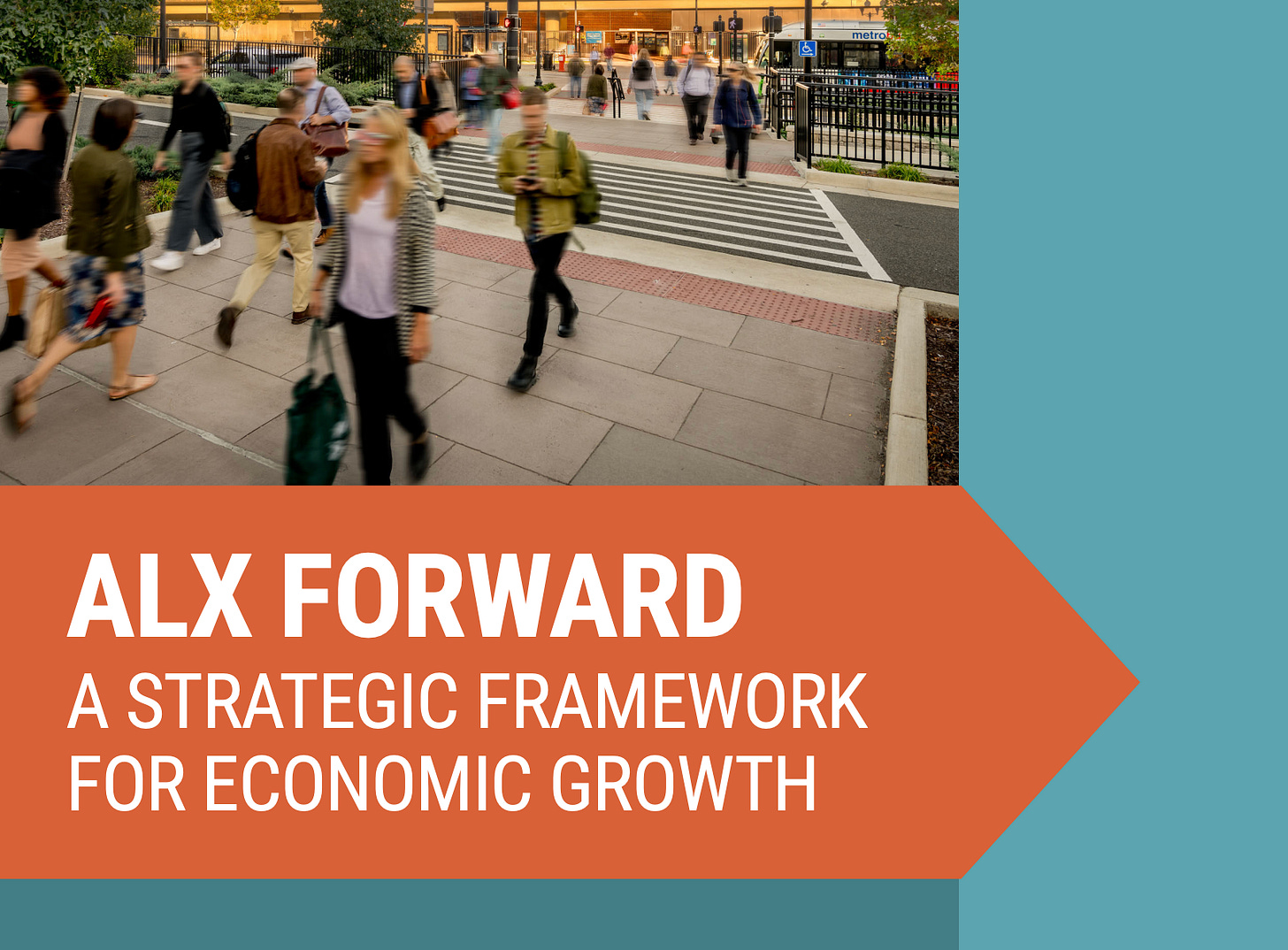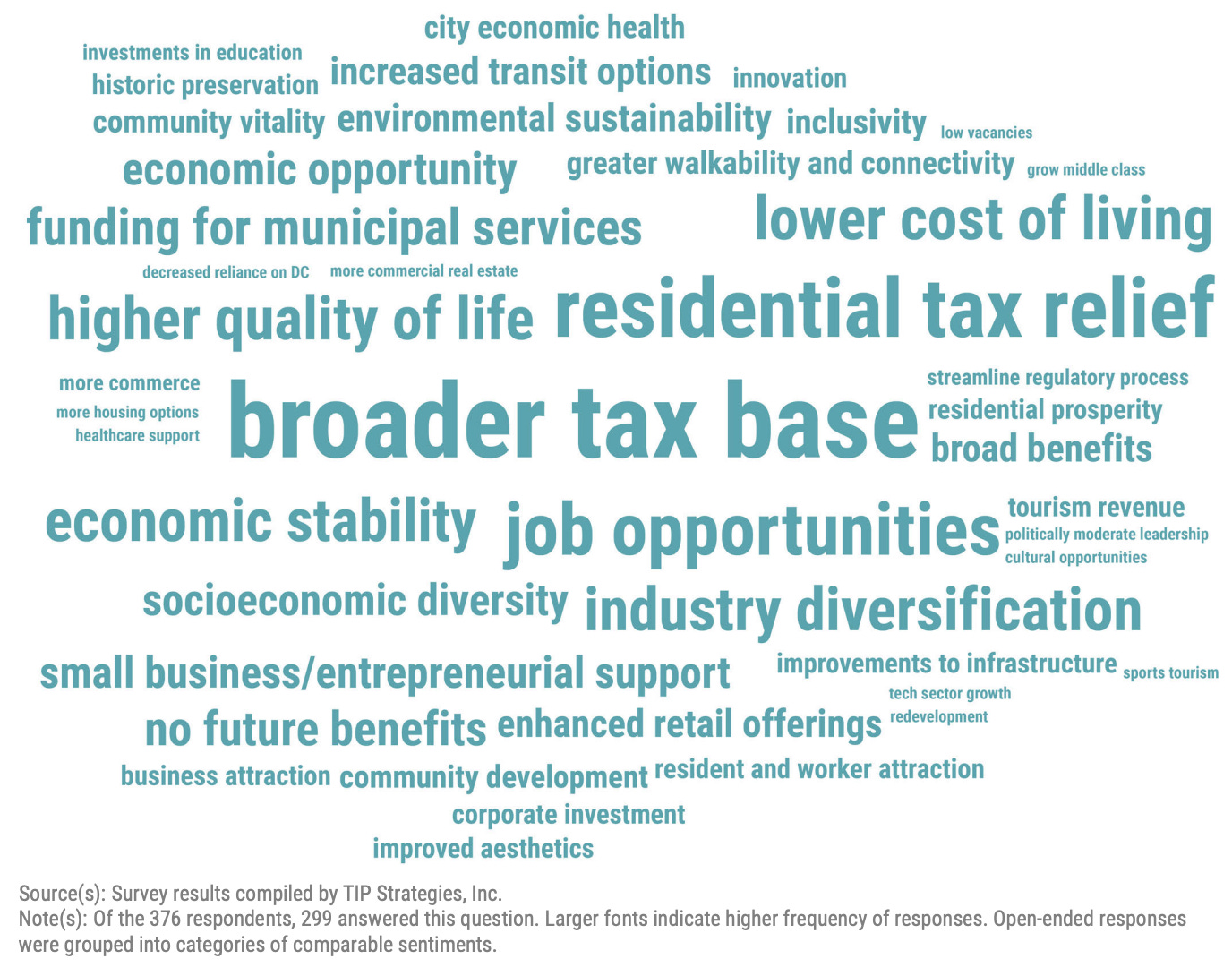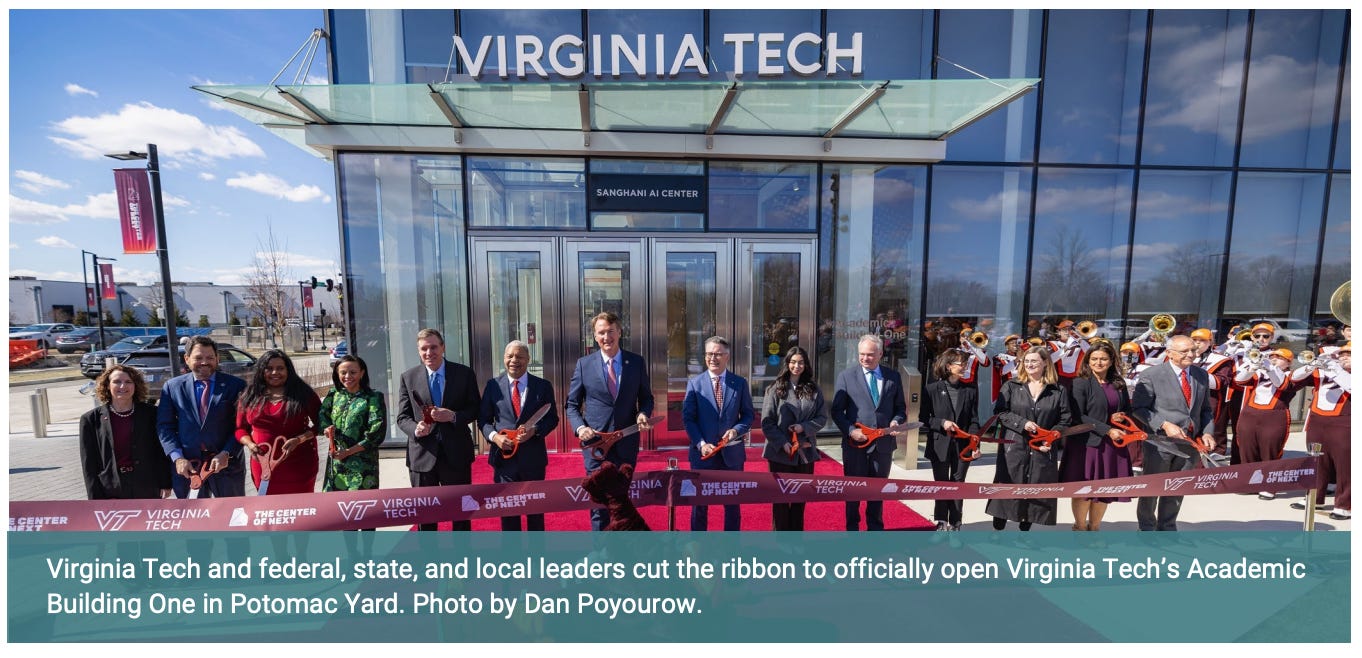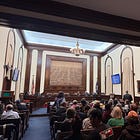Alexandria unveils first economic plan since 2007
Framework targets catalyst sites, business growth as city faces 20% job loss, federal uncertainty

The City of Alexandria released a draft strategic plan on Friday to guide economic development over the next five years and beyond — the first comprehensive planning effort since 2007.
The draft framework, ALX Forward, emerged from more than 800 community touchpoints. Austin-based TIP Strategies prepared the plan with the city and Alexandria Economic Development Partnership.
The plan identifies three “catalytic initiatives” for immediate action: transformative place-based investments, targeted business development, and the development of an entrepreneurial ecosystem.
Addressing economic challenges
Alexandria has experienced a more than 20 percent decrease in jobs since 2007. The city faces limited commercial real estate supply, particularly light industrial space, high office vacancy rates, and over-reliance on residential property taxes.
Survey respondents identified federal government uncertainty as a top concern, with “uncertain” being a top word (10.5 percent) associated with the local economy. Other concerns included cost of living, overcrowding, gentrification, loss of city identity, and traffic.

The plan acknowledges “pressing economic realities” including stalling population growth, outmigration of young professionals, and uncertainty regarding the federal government.
Strengths identified include high quality of life, proximity to Washington, strong tourism, distinctive neighborhoods, a highly educated workforce, leadership in office conversions, and the city’s AAA credit rating. Weaknesses include a lack of light industrial sites, limited commercial real estate, over-reliance on residential property taxes, high office vacancy rates, high housing costs, workforce shortages in skilled trades, and an underdeveloped entrepreneurial ecosystem.
Bold investments in catalyst sites
Priority development areas include Potomac Yard, Old Town North, West End, Carlyle and Eisenhower East. New tactics include targeted marketing campaigns with developers, upfront infrastructure investments using tools like tax increment financing and tax abatements, and strategically deploying underutilized city-owned assets.
The plan recommends investing in arts and cultural districts or creative hubs, and allocating resources for neighborhood-specific placemaking efforts, including business improvement districts, tourism improvement districts, and matching funds.
Survey respondents identified performing arts centers as the most under-represented amenity (12.6 percent), followed by theater and performance venues (11.3 percent), music venues (10.1 percent), food halls (10.3 percent), and indoor sports facilities (10.3 percent).

The city recently funded a study of city-owned real estate assets. The framework recommends leveraging the Industrial Development Authority to finance and fast-track priority projects.
A revised “Economic Development Investment Decision Matrix” will evaluate projects on five factors, scored 1-3 with total scores ranging from 5-15: quantifiable impact, strategic alignment, necessity of public funds, protection of the city’s AAA credit rating, and community benefit. Public funds are justified only if the project wouldn’t proceed “but for” city investment.
Diversifying the economy
The plan calls for streamlining business retention and expansion efforts with AEDP as lead, establishing a cross-partner network to coordinate outreach and deliver value-added services.
New initiatives include developing a business toolkit and startup guide, conducting a competitiveness scan of city processes, including zoning, permitting, and tax rates, developing annual retention strategies, and auditing economic development partner websites for consistent messaging.
The framework proposes establishing a business expansion fund to incentivize mid-sized firms. The fund would provide grants or loans to target industries for economic growth, job creation, or adaptive reuse of vacant office space.

To strengthen talent pipelines, the plan calls for partnering with employers and K-20 institutions to create industry-aligned programs and expand internships leading to local hiring.
One proposal addresses federal workforce reductions: partnering with workforce boards, schools, and HR professionals to inventory skills of displaced federal workers, collaborating with training providers on short-term credentialing programs (6-12 weeks), and offering career fairs specifically for displaced public sector workers.
Six target industries are identified: emerging and advanced technology (AI, quantum computing, data analytics); cybersecurity and defense; entertainment and tourism; professional services; nonprofits and associations; and healthcare and innovation.
Survey respondents indicated the most-needed job types are research or innovation-focused businesses (11.9 percent), childcare providers (9.3 percent), tech firms and startups (8.9 percent), and green businesses and clean energy (8.4 percent).
Building an entrepreneurial ecosystem
The plan calls for strengthening Alexandria’s entrepreneurial ecosystem by expanding support for small businesses and fostering high-growth startups.
New initiatives include allocating resources for an “entrepreneur concierge approach” to reduce time-to-launch, utilizing recently approved city funding for accelerator or incubator space, and establishing partnerships with university anchors, corporate sponsors, and landlords to provide shared services for high-growth companies.
The framework proposes developing a webpage as a one-stop hub for entrepreneurial resources, hosting annual meetings of entrepreneurship ecosystem leaders, and hosting student entrepreneurship competitions and hackathons.
One proposal calls for assessing a Fed2Founder Accelerator to support the conversion of federal talent into startups.
Survey respondents indicated entrepreneurs need connections to funding networks (4.1 out of 5.0 rating) and guidance through permitting and licensing (4.0). Other preferred support included childcare and family-friendly amenities (3.8) and affordable workspaces (3.7).
Governance and tracking
City Council will set economic priorities and review progress annually. The City Manager will act as liaison for implementation, while AEDP’s Board will review strategy, annual work plans, and metrics.
The plan calls for annual “ALX Forward” reports, recurring community forums, a digital hub for tracking progress with quarterly public updates, and regular staff meetings with partners to monitor milestones.
An implementation matrix in Excel format will track all initiatives with clear timelines, responsible parties, and status indicators. Three workshops were conducted to begin operationalizing key strategies.
The framework acknowledges “additional resourcing will be required” for new initiatives. Options include new tax authority, bonds, state and federal grants, philanthropic funding, and partnerships. The document does not provide specific budget estimates or staffing needs.
Vision and principles
The framework’s vision: “Alexandria is a resilient, competitive, future-ready city where innovation thrives, opportunity is accessible to all, and economic growth enhances quality of place.”
Four principles guide the plan: equity, resilience, authenticity, and accountability.
The plan aligns with the City Council’s 2025 priorities of advancing housing opportunities, reducing community disparities, driving economic strength, and attracting top talent.
The 2007 Economic Sustainability Summit led to the waterfront redevelopment, the Landmark Mall transformation, and the attraction of Virginia Tech’s campus.
The draft framework is available at alexandriava.gov/ALXForward.
City Council will receive a presentation on Tuesday at its 7 p.m. legislative meeting. Public comments are due by 5 p.m. Dec. 5.



